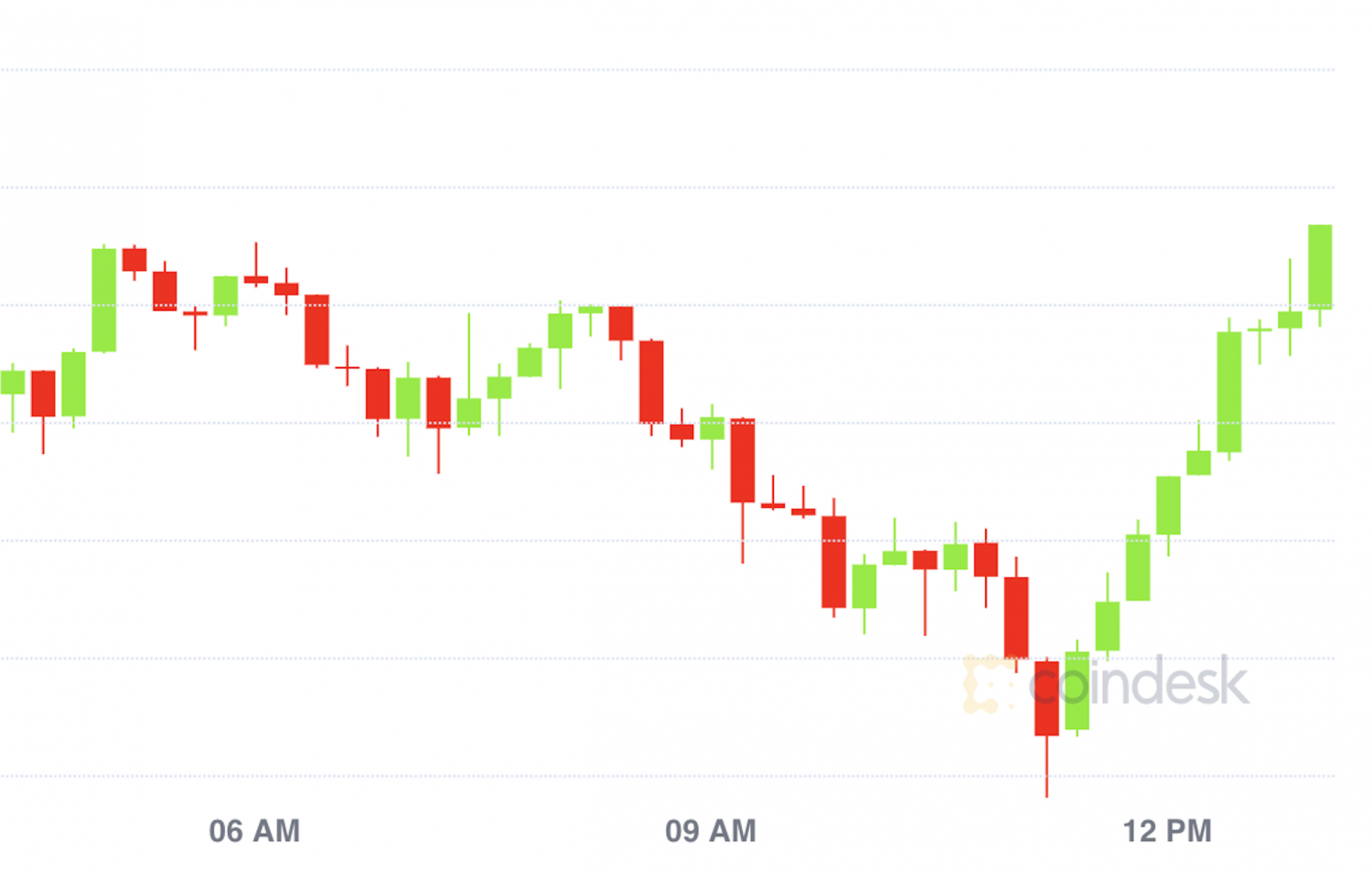Why You Should Care About Litecoin: It’s the Backbone of Dogecoin
-
The Dogecoin blockchain, originally created as a joke, was at risk of attack in 2014 because it was on the verge of exhausting block rewards due to a frenzied pace of currency issuance.
-
So Charlie Lee, creator of the Litecoin blockchain, stepped in and proposed a “merged mining” arrangement, allowing Dogecoin to borrow Litecoin’s network security – ultimately rescuing the embattled cryptocurrency.
-
Dogecoin’s DOGE token is now one of the world’s largest cryptocurrencies, with a market value of $11 billion, and is a frequent talking point of Tesla CEO (and the billionaire owner of X, formerly known as Twitter).
Some blockchain veterans may dismiss Litecoin as a “ghost chain” – a network where cutting-edge technological development has all but disappeared. But here’s why today’s degenerate crypto traders might actually care about what happens to the network: The Litecoin blockchain provides security for Dogecoin, one of the best-known and most valuable blockchain projects.
Created as a joke in 2014 by software engineers Billy Markus and Jackson Palmer, Dogecoin has gotten added attention from Tesla CEO Elon Musk, who regular posts about it to his 150 million followers on his X social-media platform, formerly known as Twitter. The blockchain’s DOGE cryptocurrency is inextricably linked to the adorable image of its mascot, the Shiba inu dog breed.
What’s no joke is that DOGE, one of the industry’s quintessential “meme coins,” has a market capitalization of nearly $11 billion, making it the eighth largest cryptocurrency ahead of Litecoin’s own $7 billion.
It’s no secret that Litecoin provides security for Dogecoin; CoinDesk wrote about it in 2014.
But the fact bears repeating now, with Litecoin making headlines Wednesday about its highly anticipated quadrennial blockchain “halving,” that took place earlier today.
Litecoin founder Charlie Lee, a computer scientist trained at the prestigious Massachusetts Institute of Technology (MIT), created the network in 2011 by cloning Bitcoin’s code, which was the original blockchain, launched two years earlier by inventor Satoshi Nakamoto.
A couple of years after Litecoin’s debut, two software engineers, Billy Markus and Jackson Palmer, created Dogecoin by allegedly cloning Luckycoin – itself a clone of Litecoin.
But there were some deficiencies in Dogecoin’s issuance model – the mechanics of its money supply – partly because it strayed from Bitcoin’s original parameters.
All three blockchains rely on a “proof-of-work” system that recruits “miners” to process transactions and secure the network in exchange for a form of compensation called a “block reward.” The reward is a combination of variable transaction fees and a predetermined “subsidy” that gets halved approximately every four years – a carefully chosen, marathon-like pace of issuance. (This is what happened Wednesday on Litecoin.)
Dogecoin’s halving schedule (and subsequent rate of issuance) before 2015, in stark contrast to that of its progenitors, was akin to a 100-meter dash. Blocks were generating every minute and rewards were getting halved every 69 days, resulting in block subsidies that rapidly depleted the network’s fixed supply of 100 billion DOGE.
“Because of that, the network security of Dogecoin went down really quickly,” Lee said.
Without a subsidy, and with transaction fees too low to incentivize miners to stick around and secure the chain, the lighthearted dog-themed project would face a high probability of attack and subsequent implosion.
“Dogecoin was built to die quickly – none of us expected it to grow into the absurd entity it is today,” wrote Josh Mohland on the popular community site Reddit, in 2014. Mohland created the now defunct DOGE tipping service, Dogetipbot.
The situation became so dire that by 2014, Dogecoin had to hard fork – make a permanent change to its blockchain – to allow “merged mining” or auxiliary proof-of-work (AuxPoW) with Litecoin. It was essentially a method for miners to simultaneously provide security to both blockchains.
“There’s absolutely an easy way to save the coin from its certain death (and by death, I mean 51% attacked for the lulz),” Mohland continued. “And that’s AuxPoW.”
Merged mining is when miners simultaneously secure two or more networks, receiving rewards from both without a deterioration in performance. The reason it’s called auxiliary proof-of-work is because the process involves a less secure auxiliary blockchain borrowing security from a parent network with stronger security. In this scenario, Lee suggested that Litecoin could provide much-needed security to the embattled Dogecoin network.
“That was one of the main reasons why they needed to switch on merged mining with Litecoin,” Lee said. “And also one of the reasons why I stuck with Bitcoin’s halving schedule.”
“So that the Dogecoin network wouldn’t be easily attacked,” he explained.
Dogecoin still generates blocks every minute or so, but nowadays, there are no more halvings and the 100 billion DOGE cap has been removed to allow for a 10,000 DOGE reward per block, indefinitely.









